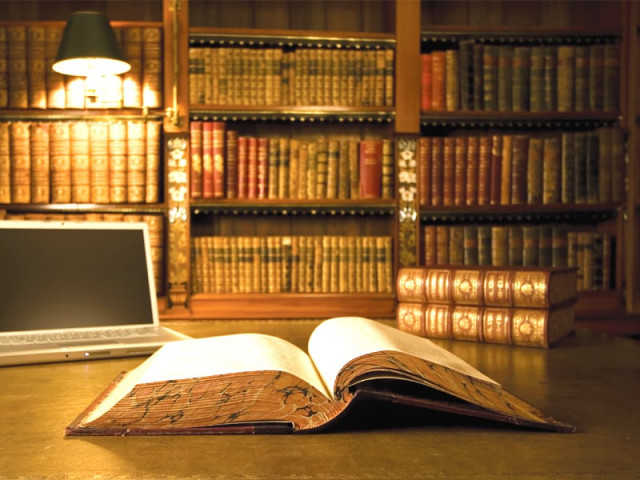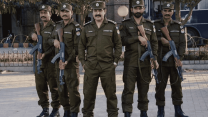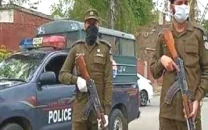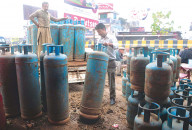Education matters: Country making great strides in race to the bottom
Pakistan adult literacy stands at 55% as the country drops 20 places in a year on the human development index.

Pakistan’s adult literacy rate in the second half of the last decade was 55%, a far cry from the 74.04% in the neighbouring India, according to the international human development report released by the United Nations Development Program (UNDP).
The report, released on Tuesday, ranks Pakistan 145 out of 187 countries examined, which is lower than India, South Africa, Bhutan, Uzbekistan, Kyrgyzstan, Tajikistan, Indonesia, and even Palestine and war-torn Iraq.
The report also disclosed that Pakistan’s average primary education rate remained 85.1%, secondary school education at 33.1% and tertiary education at 5.2% between 2001 and 2010. The student-teacher ratio in Pakistan was 39.1, with 85.2% of school teachers qualified for teaching.
Education has been a forgotten sector since the creation of the country, and even today, the budget allocation for the sector is under 2% of the Gross Domestic Product. What’s more alarming is that Pakistan has actually fallen in the human development index, from an already unimpressive 125 out of 169 countries. The index is calculated using health, education and income indicators as an alternative to purely macroeconomic assessments.
The literacy rate in Pakistan is very low, even when compared to regional countries, and public expenditure on education is the lowest in the region. This year, the federal government seems to have further de-prioritised education by slashing the higher education budget.
Meanwhile, according to a Free and Fair Election Network report on education released last week, government girl schools still lack essential facilities across the country.
The report says that reasonable student-teacher ratios were observed in 103 out of 147 state-run girls’ primary schools monitored nationwide in October, but the schools continue to lack essential facilities.
According to the report, in 67 schools in Punjab, one teacher was handling 34 students on average, and in 36 schools in Sindh, one teacher was available for 27 students.
However, the ratio was 40:1 in 29 schools in Khyber-Pakhtunkhwa, 41:1 in 12 schools in Balochistan, and 72:1 in three schools in Fata.
Teachers’ attendance was between 76 and 100% at 77% of monitored schools, while the same attendance ratio was maintained by students at 63% of schools.
According to the report, eighty-nine schools had no security guards while 17 lacked boundary walls.
The report said that at least 80% of schools out of the 147 monitored did not have staffrooms for teachers. There were no desks and chairs for students in 48% of the schools, while a fifth didn’t have any for teachers.
Nineteen schools nationwide lacked black/white boards and 44% did not have arrangements for clean drinking water for students. Moreover, despite the acknowledged importance of physical education and exercise for both girls and boys, two-third of monitored schools lacked playgrounds.
Forty of the schools have no power supply while 67% of those in Balochistan, 30% in Punjab and Sindh, and 17% in KP did not have fans. In addition, 23 schools were not well-lit, making it very hard to teach in the absence of electricity.
Published in The Express Tribune, December 2nd, 2011.



















COMMENTS
Comments are moderated and generally will be posted if they are on-topic and not abusive.
For more information, please see our Comments FAQ